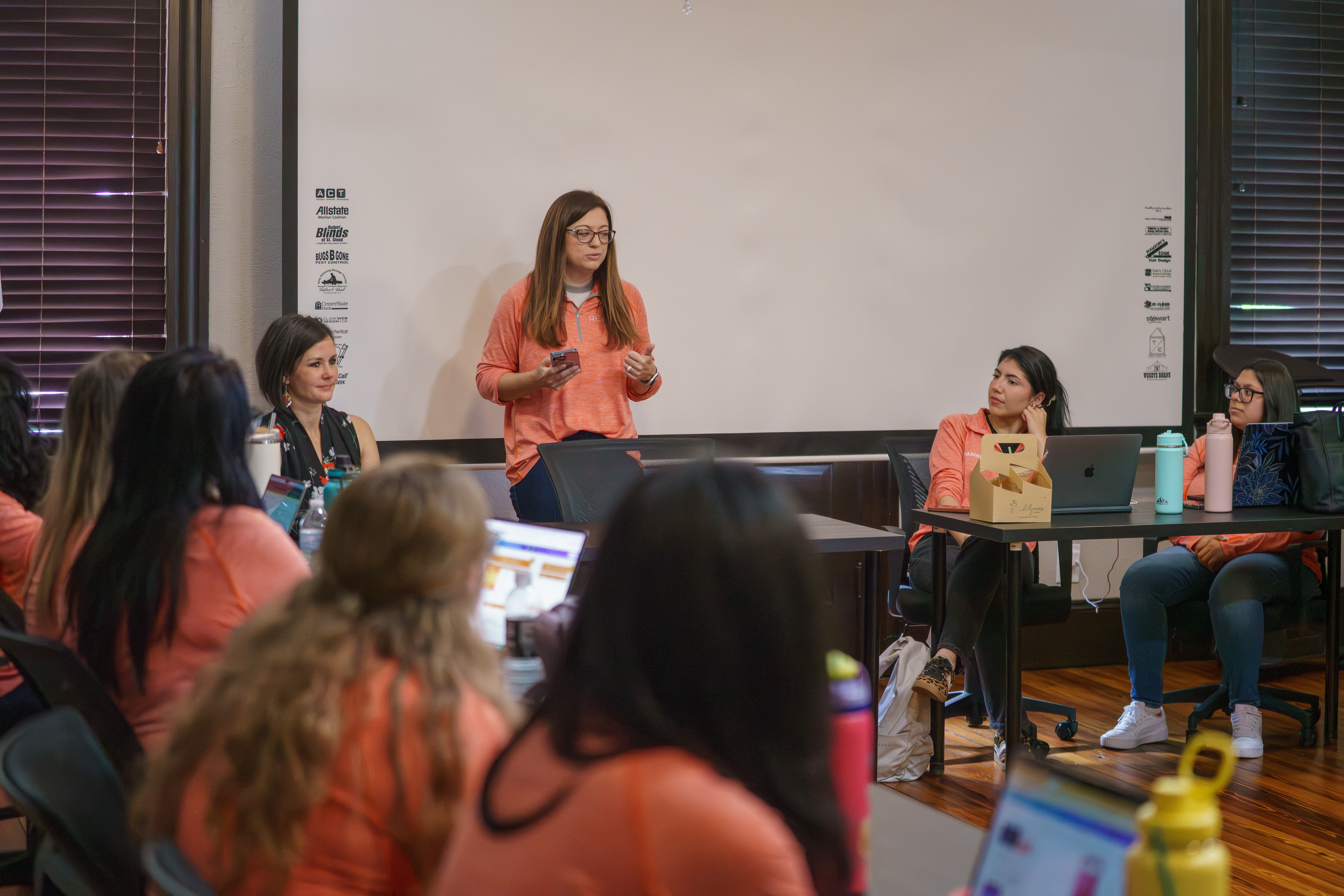How to get started with Facebook advertising | Part one
This is a question we get asked a lot, “should I be spending money advertising on Facebook?”
While we focus a majority of our time on inbound marketing at Reach, a method designed to draw in leads through content rather than paying for leads, we still find value in different advertising avenues.
Facebook advertising leads the way in our office when it comes to advertising on social media for clients.
Why?
Our friends at HubSpot shared some statistics on Facebook last year, and we found them pretty interesting. A few of our favorites were:
- More than 1.39 billion people use Facebook every month
- People spend an average of 40 minutes on Facebook every day
- 92% of social marketers use Facebook for advertising
There's a lot a small business (heck, there's a lot any business) can learn from these stats. With that amount of people spending that amount of time on Facebook, it offers a unique opportunity for marketers to strengthen their organic efforts (which is what inbound marketing is all about). What's even better about Facebook advertising? You can tailor your ads to your buyer personas, ensuring your content is seen by exactly who you want it to be seen by.
Now that you're on board, what steps do you need to take to get started with Facebook advertising?
The biggest thing you need to be aware of when getting started with Facebook advertising is the type of advertising it has to offer. Facebook advertising matches the Inbound Methodology, in breaking down your ads into three categories: awareness, consideration, and conversion.
In the awareness stage*, we often take advantage of:
- Page Likes—this helps build your brand, which is especially important if you're a newbie to Facebook with zero to few followers. The more people liking your page, the more people who will organically see what you're saying.
- Post Engagements—probably the most frequented type of advertisement we do on Facebook. This type of add will boost any post (that you select) from your page to the targeted audience you create. We most often do this for blogs our clients are sharing or offers they have going on.
- Local Awareness—this type of advertising is great if you're a business that has new visitors popping in all the time, say a restaurant for example. You can reach people just visiting the area (rather than by the zip code or city they've selected as their hometown in their Facebook profile) and encourage them to come in, etc.
*Since writing this blog just a few days ago, Facebook has started to change things up... because that's what Facebook likes to do to us marketers! We've noticed recently that some of our client accounts still have Page Likes and Post Engagements under the awareness stage, while others can now find it under the consideration stage in what's now called "Engagement". It looks like Facebook is slowly rolling this new change out, so... if you can't find what we're sharing about here, just ask us, we'd be happy to help you figure it out!In the consideration stage, we often set up these ads:
- App Installs—if your company has an app, this type of ad will ensure people are aware of the fact and encourage them to download and install the app on their smart device.
- Event Responses—when you're planning an event for your company, an event response ad will encourage people to RSVP to the event. This not only reminds them as the event approaches, but also lets their friends see they are attending your event, too!
- Video Views—video is becoming more and more popular, and setting up a video views ad will ensure as many people as possible see the video you've posted.
Finally, in the conversion stage, we often take advantage of ads like:
- App Engagement—after you've gotten people to download your app, you want to make sure they're using it... right? This ad allows you to encourage users to re-engage with your app after downloading.
- Offer Claims—if your business is running a sale, an offer claim can help you garner how many people are interested in the sale and help you track redemptions through a coupon it sends to users who have engaged in the ad.
We realize this is a lot of information to take in and can sound overwhelming if you're new to Facebook advertising. Stay tuned for part two in our series where we break down the specifics on how to set up one of the ads mentioned above!







